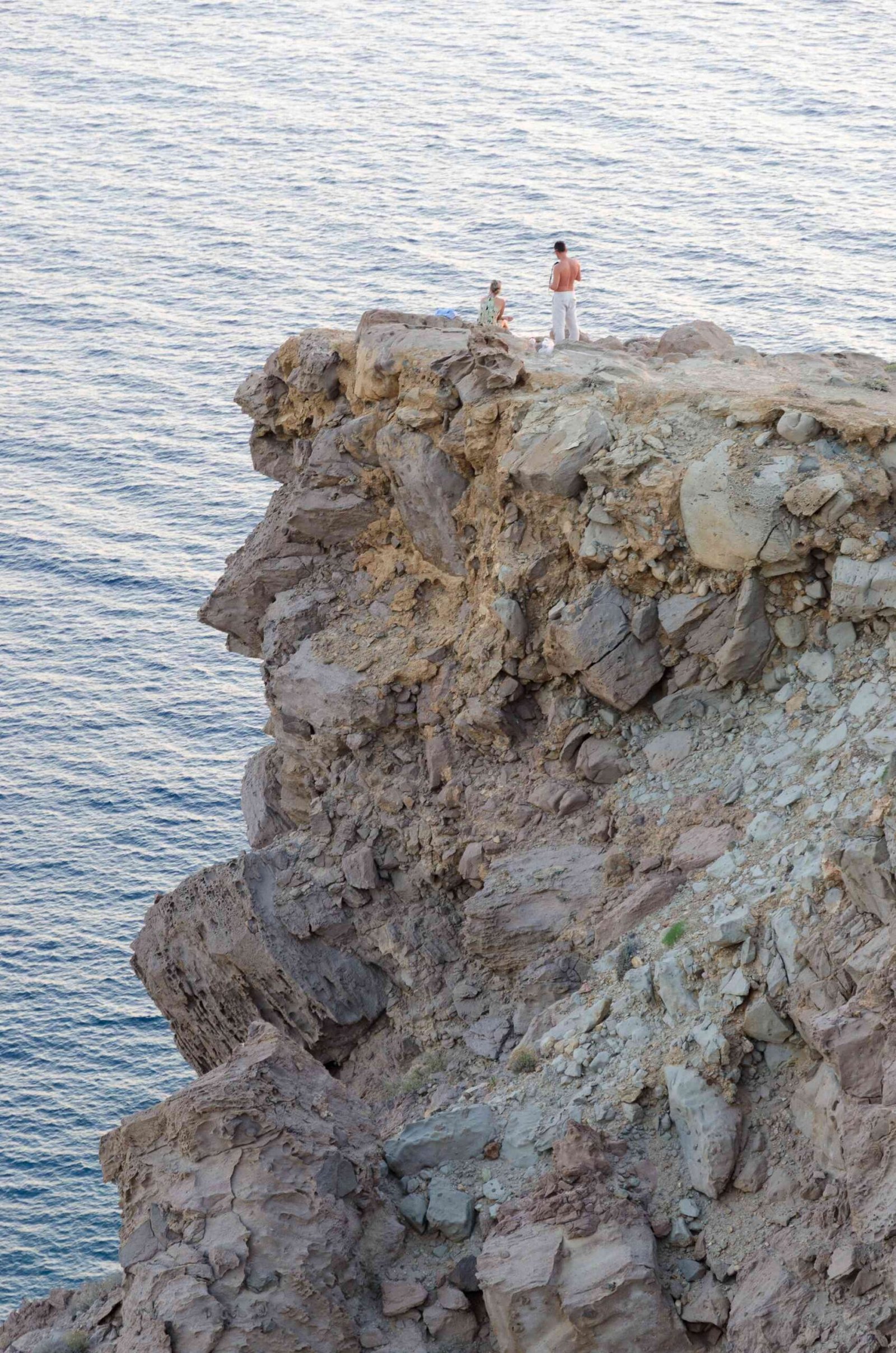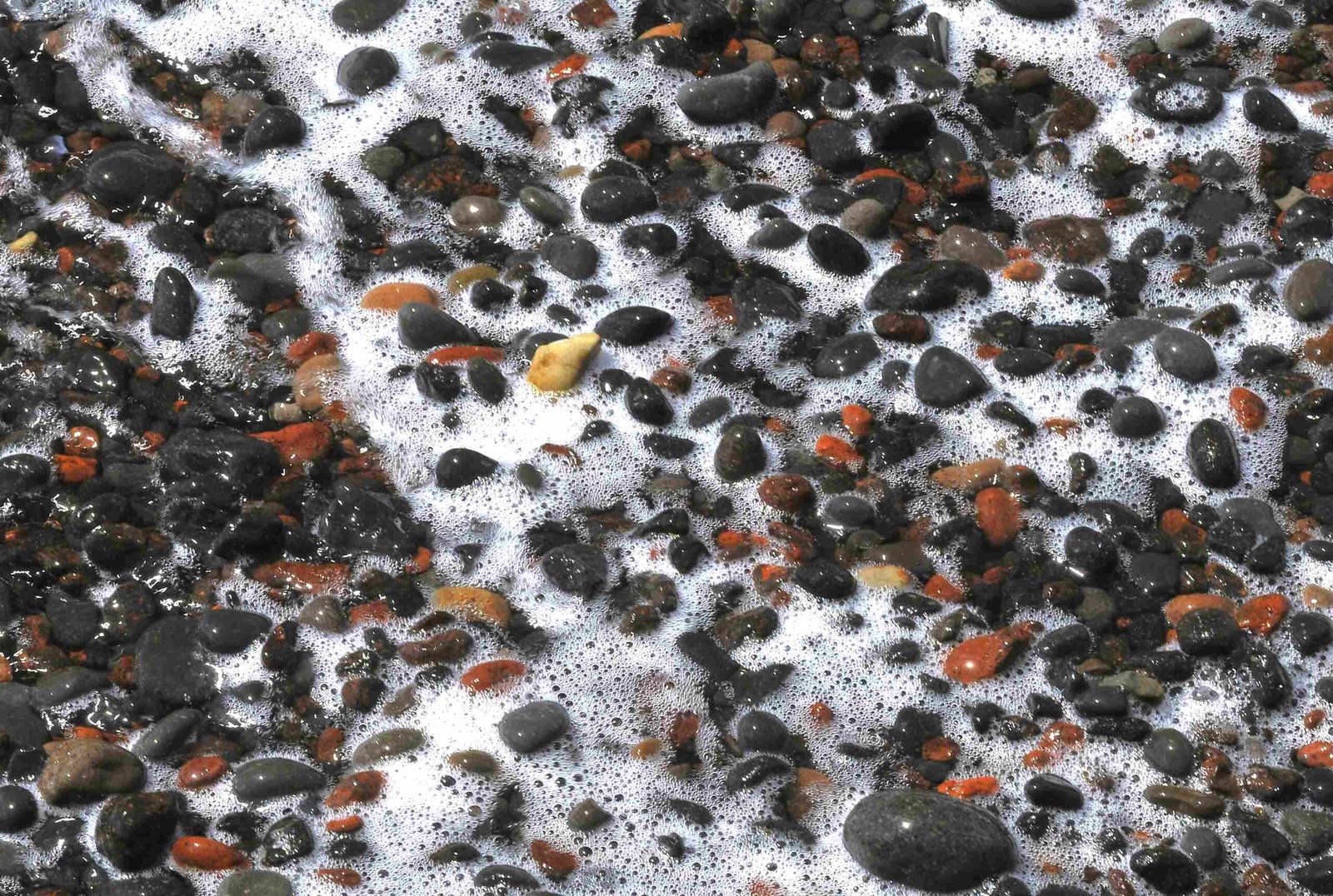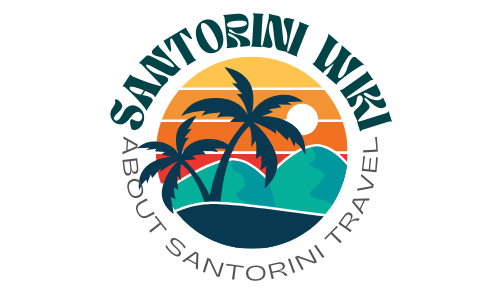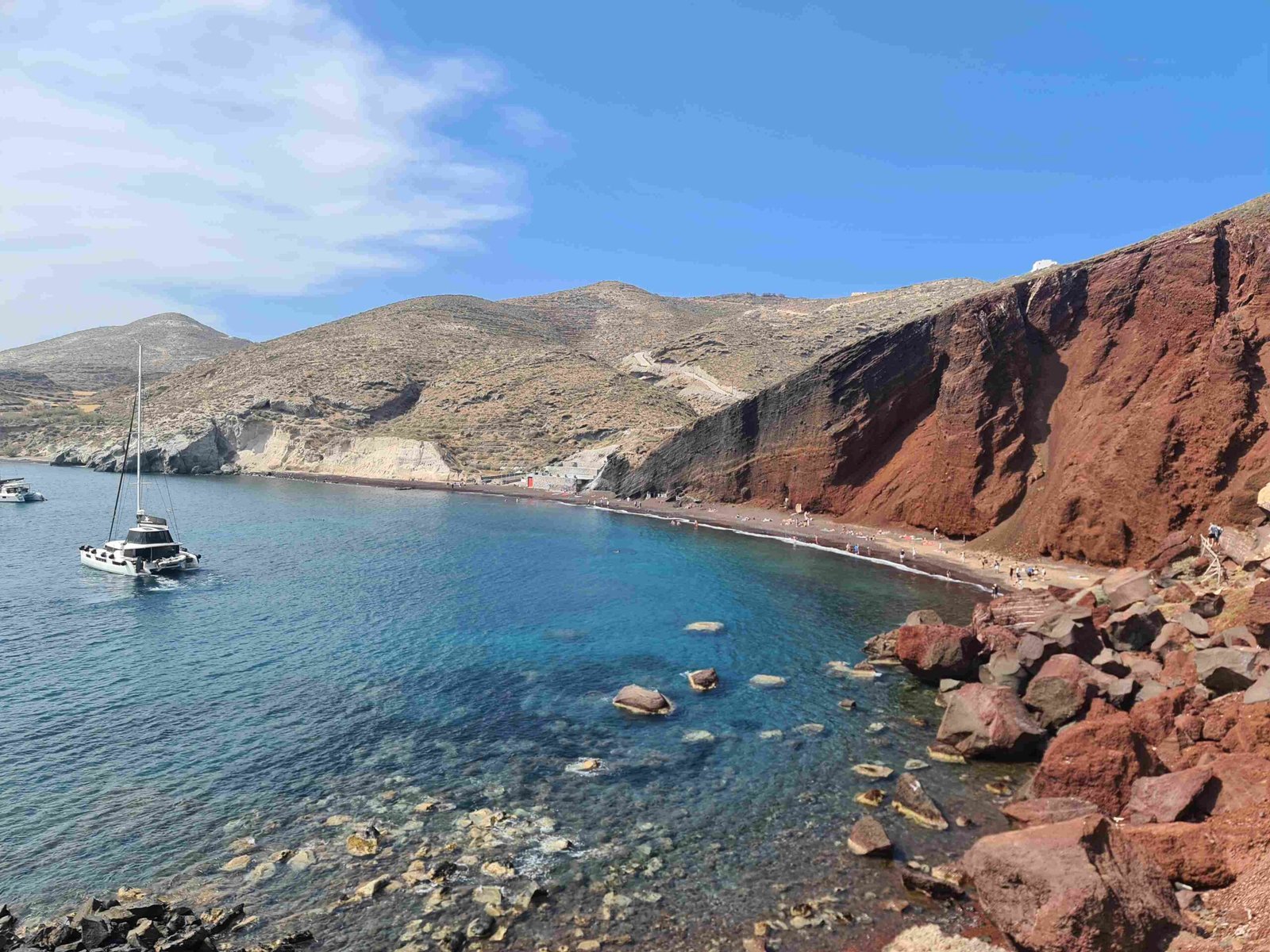Santorini, the picturesque Greek island known for its stunning sunsets and white-washed buildings, harbors a powerful secret beneath its surface. The island is, in fact, an active volcanic complex with a history of significant eruptions. Recent studies have revealed ongoing magmatic activity, particularly in the nearby Kolumbo volcano, raising concerns about future eruptions. This article delves into the current status of Santorini’s volcanic activity, its geological characteristics, and the ongoing monitoring efforts to ensure safety on this popular tourist destination.
What is the Current Status of Santorini’s Volcanic Activity?

Santorini’s volcanic system is indeed active, with recent studies indicating potential for future eruptions. Key points include:
- A growing magma chamber beneath the Kolumbo volcano, located 7 km from Santorini
- The chamber is expanding at a rate of 4 million cubic meters per year
- Potential for a significant eruption within the next 150 years
- Minor signs of unrest, including seismic activity and inflation
While there’s no immediate threat, the volcanic system requires constant monitoring due to its active nature.
How Does Santorini’s Geological History Shape Its Current Landscape?

Santorini’s unique topography is a direct result of its volcanic past:
- Caldera Formation: The island’s iconic crescent shape is due to a massive eruption around 1600 BCE.
- Volcanic Islands: Nea Kameni and Palea Kameni, small islands within the caldera, formed from post-Minoan eruptions.
- Lava Flows: Both effusive and explosive lava flows have shaped the island over time.
- Pumice and Ash Layers: Thick deposits from historical eruptions contribute to the island’s geology.
This volcanic history not only created Santorini’s stunning vistas but also continues to influence its geological activity today.
What Monitoring Systems Are in Place for Santorini’s Volcanic Activity?
Given the potential for future eruptions, comprehensive monitoring systems are crucial:
| Monitoring Method | Description |
|---|---|
| Advanced Tomography | Uses dense seafloor recordings to detect mobile magma |
| Geological Surveys | Regular monitoring of ground movements, gas temperatures, and chemical compositions |
| Seismic Activity Tracking | Continuous observation of earthquake patterns in the region |
| Satellite Imagery | Analysis of surface deformation and thermal anomalies |
These methods provide scientists with valuable data to predict potential eruptions and assess volcanic risks.
How Have Past Eruptions Affected Santorini?
Santorini’s eruption history has significantly impacted its development:
- Minoan Eruption (c. 1600 BCE): Catastrophic event that reshaped the island and affected the Minoan civilization
- 726 CE Eruption: Recently discovered to be much larger than previously thought, comparable to the 2022 Tonga eruption
- 1950 Eruption: The most recent event, featuring small explosions and lava flows
These eruptions have not only shaped Santorini’s landscape but also influenced its cultural and historical narrative.
What Should Visitors Know About Santorini’s Volcanic Status?
For those planning to visit Santorini, here are key points to consider:
- Current Safety: The island is currently safe for visitors, with no immediate eruption threats.
- Observation Points: Various vantage points around the caldera offer views of the volcanic landscape.
- Educational Opportunities: Events like \”Volcanoes 2024\” provide insights into the island’s volcanic heritage.
- Stay Informed: Visitors should stay updated on local information and follow any safety guidelines provided by authorities.
While Santorini’s volcanic nature adds to its allure, it’s important for visitors to be aware of its geological status and respect any safety measures in place.
How Does Santorini’s Volcanic Activity Impact Local Life and Tourism?
The island’s volcanic nature has a multifaceted impact:
- Economic Boost: The unique landscape attracts millions of tourists annually.
- Scientific Interest: Ongoing research provides employment and educational opportunities.
- Infrastructure Considerations: Building codes and emergency plans are influenced by volcanic risk.
- Cultural Identity: The volcano is deeply ingrained in local folklore and traditions.
Santorini’s active status, while a potential risk, is also a key factor in its global appeal and economic success.
In conclusion, Santorini is indeed an active volcanic system, with ongoing magmatic activity and potential for future eruptions. While there’s no immediate danger, continuous monitoring and research are essential to ensure the safety of both residents and visitors. The island’s volcanic nature, far from being a deterrent, has shaped its stunning landscape and continues to be a source of fascination for millions of visitors each year.
References:
1. https://greekreporter.com/2024/01/08/growing-magma-under-santorini-volcano-real-threat/
2. https://www.livescience.com/planet-earth/volcanos/santorini-volcano-freak-eruption-1300-years-ago-was-as-violent-as-2022-tonga-eruption
3. https://www.geomar.de/en/news/article/wissenschaftliche-bohrungen-loesen-historisches-raetsel-um-santorini

